#barred owl
Text
On the Line
The Barred Owl (Strix varia), also known as the northern barred owl or striped owl
©2021 Ken Oliver
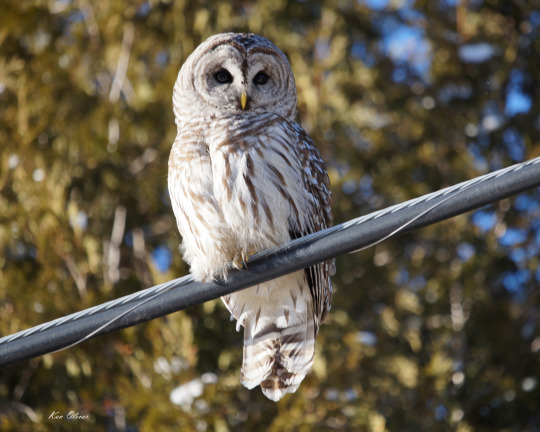
#nature#photographers on tumblr#photography#original photographers on tumblr#original photographers#nature photography#original photography on tumblr#wildlife#owl#barred owl#bird#bird of prey
24 notes
·
View notes
Text

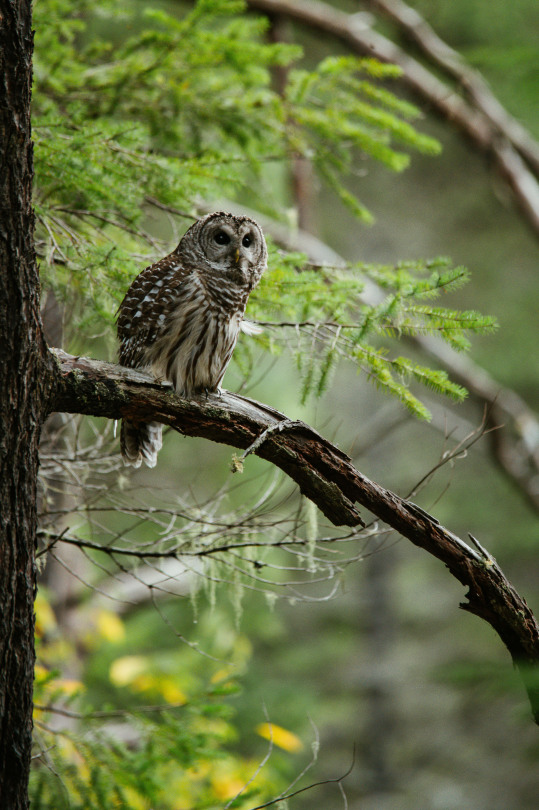

Birbs, Seabeck WA
#turkey vulture#barred owl#bald eagle#bird#birding#animals#wildlife#animal#forest#nature#beauty#photographers on tumblr#artists on tumblr#original photographers#original photography#photography#aesthetic#Washington#pnw#westcoastbestcoast#art#vsco#pacific northwest#explore#travel#cottagecore#p
2K notes
·
View notes
Photo
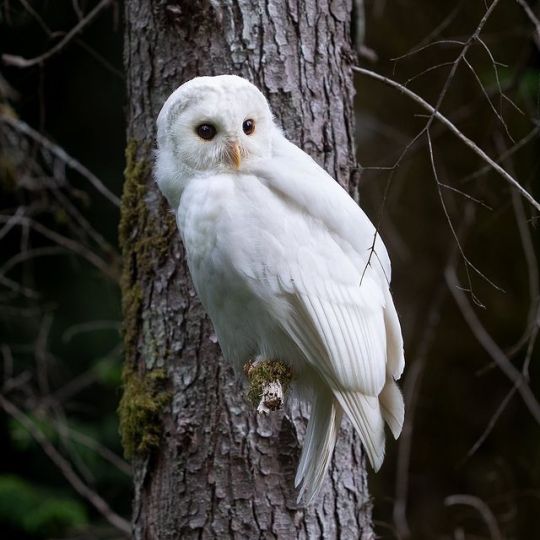
Leucistic Barred Owl
5K notes
·
View notes
Text


Barred Owl at Highbanks Metropark, OH, USA
Photo by me, taken on FujiFilm X-T30 II
#animals#owl#barred owl#bird photography#my photography#my pic#animal photography#wildlife photography#nature photography#fujifilm#birding#bird#birds#birdwatching#birds of prey#wildlife
230 notes
·
View notes
Text
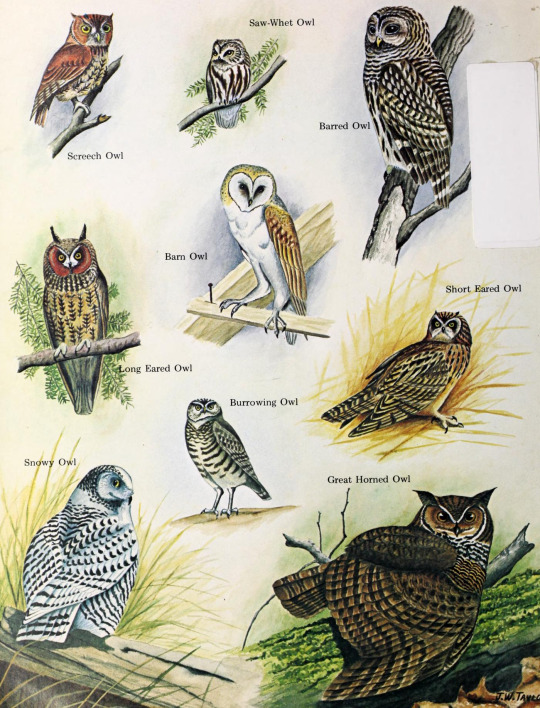
Virginia Wildlife; vol. 39, no. 2. February, 1978. Illustration by John W. Taylor.
Internet Archive
#birds#raptors#owls#eastern screech owl#northern saw-whet owl#barred owl#barn owl#long-eared owl#short-eared owl#burrowing owl#snowy owl#great horned owl#John W. Taylor
280 notes
·
View notes
Text
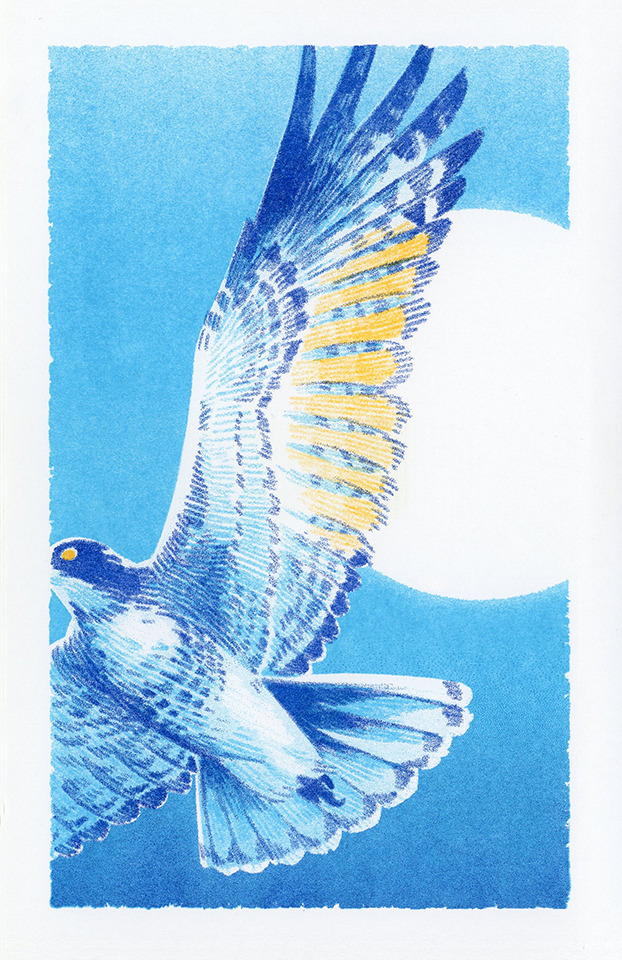

bird mini risograph prints! Will be available in my shop after VanCAF in May
#risograph#illustration#birds#ornithology#raptors#red tailed hawk#barred owl#printmaking#they are FRIENDS
2K notes
·
View notes
Photo


my partner’s grandpa found a dead barred owl in their stream last night, he moved it to a tree and I took pictures of it this morning. the talons are amazing.
#animal death#owl#barred owl#vulture culture#biology#Strix varia#nature photography#photography#wildlife#pnw
2K notes
·
View notes
Text
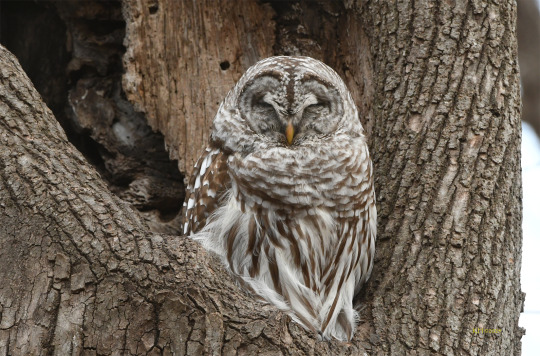
Barred Owl
It is through the harvest of nature's gifts that the answers to the important questions are revealed.
257 notes
·
View notes
Text
One more video of some unrestrained summer fun before fall!
#its my birthday and i got this im so happy😭😭#i love when birds take baths#also dw i changed the water after#so pretty#animals#trail cam#birds#owls#barred owl#cute#bird bath#animal
4K notes
·
View notes
Text

HOOT
#art#animal art#artists on tumblr#digital art#my art#procreate#drawing#illustration#animals#birds#owl#barred owl
180 notes
·
View notes
Text

#sometimes human intervention is needed to solve problems caused by humans#memes#animal death#conservation#barred owl#spotted owl
151 notes
·
View notes
Text
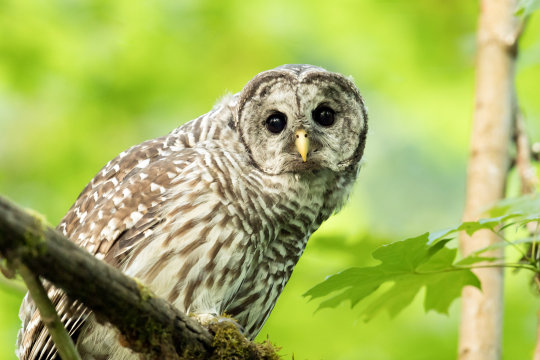
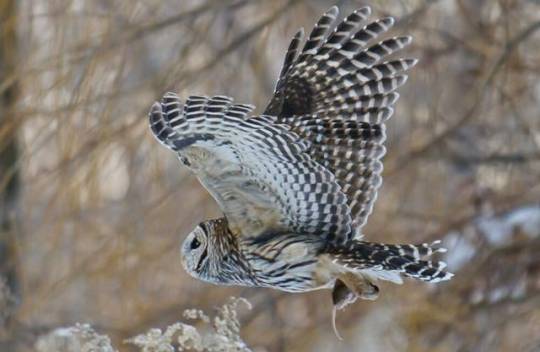

The Basics on the Barred Owl
Strix varia goes by many names: the barred owl, the northern barred owl, the striped owl, the hoot owl, the eight-hooter owl, or the who-cooks-for-you owl. The last few names refer to the owl's distinctive hooting call, which is often followed by what is often described as 'maniacal laughter'. The barred owl is native to the old-growth deciduous and coniferous forests of eastern North America, though in recent decades the species' range has expanded across the Rocky Mountains into the Pacific Northwest.
The striped owl can be hard to spot, due to its white and brown plumage. The back and wings are brown with white barring, while the chest is dull white or gray with brown streaks. The face is surrounded by a gray-white disk and framed with a brown mask. This coloration allows the barred owl to blend in seamlessly with the upper forest canopy where it resides-- although some populations in the southern parts of its range have been known to carry a pink tint due to the amount of shrimp they eat. However, S. varia is not a small birds; adults can be anywhere from 40 to 63 cm (16 to 25 in) in length, with a wingspan of 96 to 125 cm (38 to 49 in), and weigh about 630 g (22.2 oz) on average.
Like most owls, the barred owl is primarily nocturnal, though they can be fairly active during the day. When dormant, they roost in tree hollows or nests abandoned by other birds. At night, adults are active in guarding their territory and hunting for small mammals, birds, reptiles and amphibians, and large arthropods like moths and crayfish. The only natural predator of adult hoot owls is the great horned owl, which will often drive S. varia from their territory. Eggs and nestlings are sometimes prey for raccoons, weasels, and diurnal birds of prey.
S. varia mates for life, and couples are fiercely defensive of their territories and nests. Courtship and territory establishment begins in late winter, and continues from February to April. Males attract mates with their distinctive who-cooks-for-you call, and further entices prospective females with head bobbing and bowing. Together, the pair then establishes a roost and the female lays up to 5 eggs. She alone incubates the clutch for about a month, while the male hunts for her. After hatching, the female continues to care closely for the chicks for another 2-3 weeks, at which time she joins the male in hunting.
Hatchlings quickly become active, and are prone to falling out of the tree, but even at only 4 weeks old they are able to climb back up the trunk. Siblings have been recorded as being tight-knit, often staying close together in the nest and when learning to fly. Fledging begins at about 6 weeks old, and by 10 weeks young are capable of short flights. However, parents continue to provide care to their chicks until they're 6 months old, at which time the young owls leave (or are forced to leave) and establish their own territories. Mortality in barred owls is highest in their first year of life, and once out of this perilous stage individuals may live to be up to 18 years old in the wild.
Conservation status: The barred owl is a common species, and is considered by the IUCN to be Least Concern. The expansion of its range into the Pacific Northwest is considered one of the major causes of the decline of the northern spotted owl.
If you like what I do, consider leaving a tip or buying me a ko-fi!
Photos
Mick Thompson
Hal Thrachtenberg
Mark Musselman
#barred owl#Strigiformes#Strigidae#earless owls#true owls#owls#birds#deciduous forest birds#evergreen forest birds#north america#eastern north america#biology#zoology#ecology#animal facts
151 notes
·
View notes
Text

;)
#owl#barred owl#animals#wildlife#animal#forest#nature#beauty#photographers on tumblr#artists on tumblr#original photographers#original photography#photography#aesthetic#Washington#pnw#westcoastbestcoast#art#vsco#pacific northwest#explore#travel#cottagecore#p
474 notes
·
View notes
Text

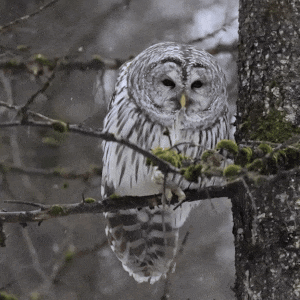

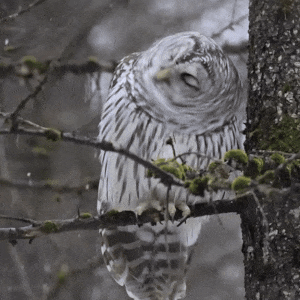
source
#talos gifs#stim gifs#stim#bird stim#birds#owls#owl stim#owlkin#hands free#nature stim#nature#white#grey#gray#green#snow#winter#barred owl#gif ids#id in alt
107 notes
·
View notes
Photo

Barred Owl
1K notes
·
View notes
Text

Florida Wildlife; vol. 12, no. 1. June, 1958. Cover illustration by Wallace Hughes.
Internet Archive
185 notes
·
View notes